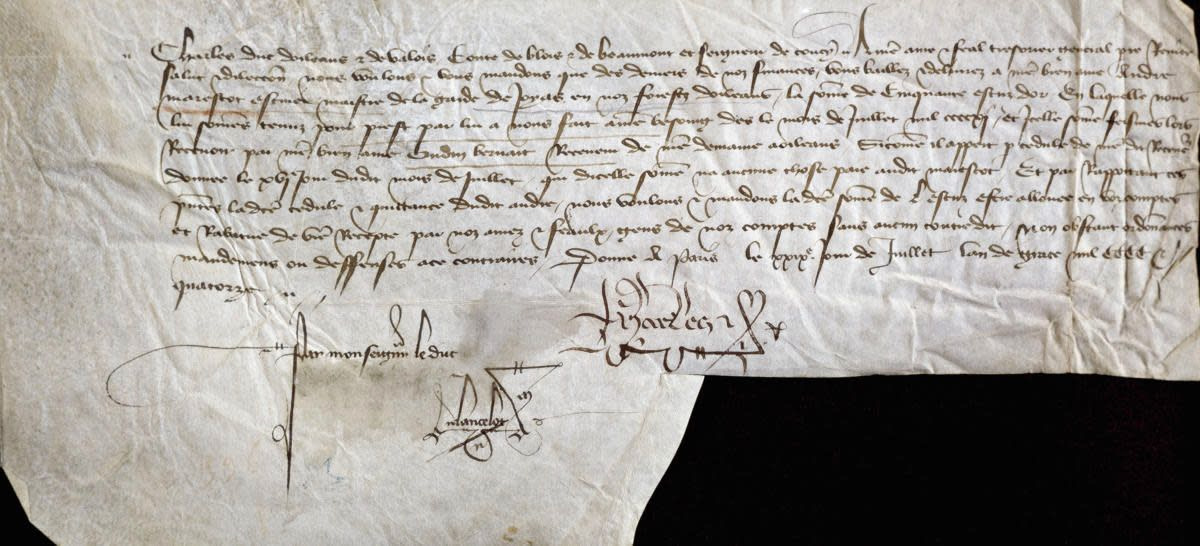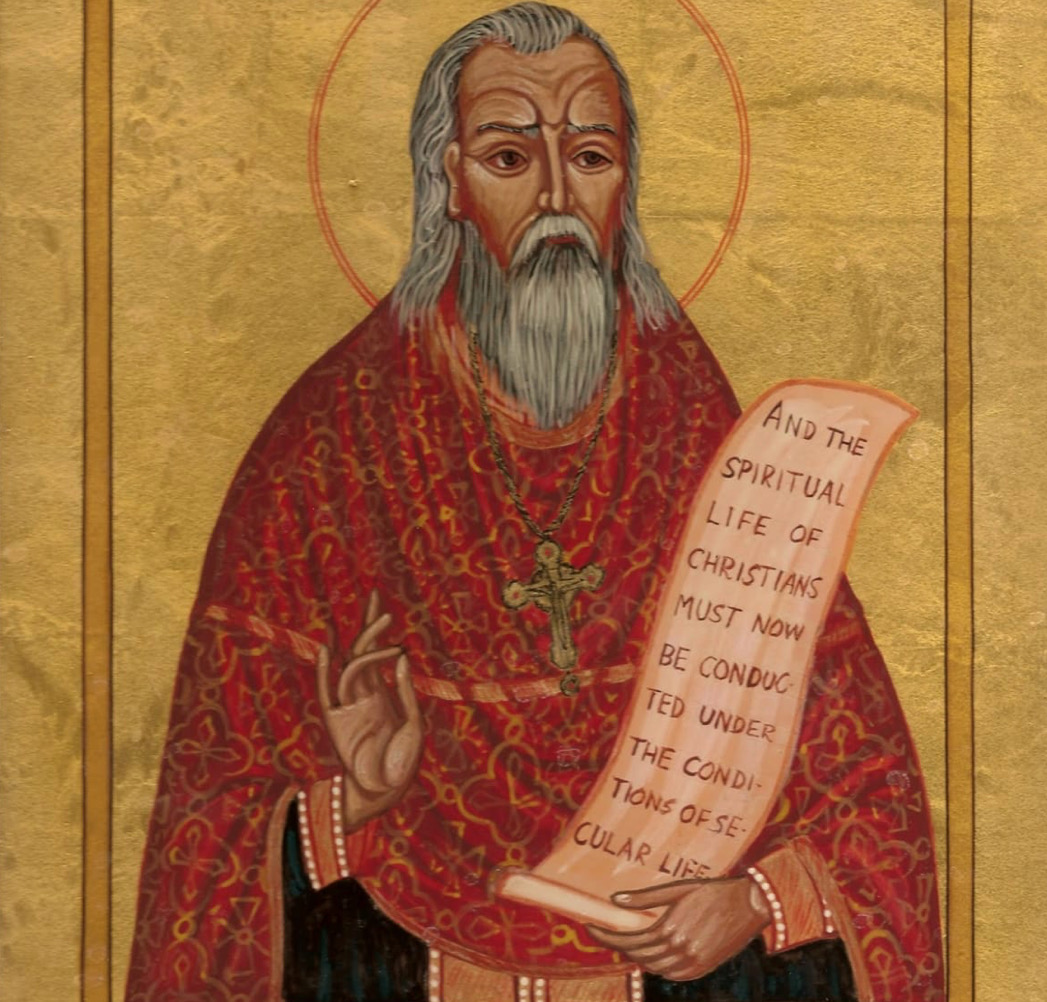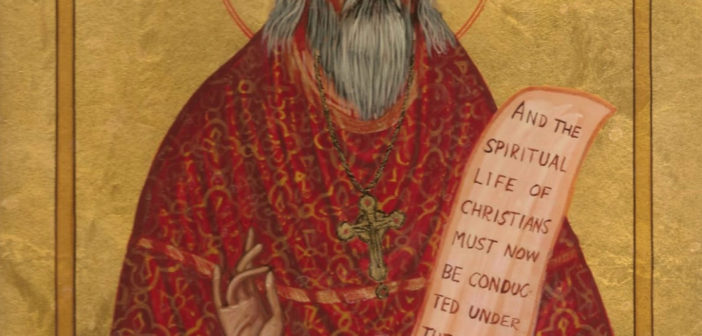By: Erika Morales, Contributing Writer
St. Valentine’s Day is a day of celebrating love with your loved ones. However, historically, this was not always the case.
“The origin of St. Valentine’s Day remains somewhat of a mystery to historians,” said Dr. Padraig Lawlor, an assistant professor of history at Saint Leo University. “Historians believe the holiday descends from ancient Roman ritual of Lupercalia, which took place on March 15.”
In the 17th century, Lupercalia was a widely celebrated holiday.

“Romans held a fertility festival dedicated to Faunus, the Roman god of agriculture,” said Lawlor.
However, he added, “Christians would later deem such a festival barbaric.”
As the centuries passed, Lupercalia would slowly turn into the holiday we know today. It was not until around the 5th century that the holiday was officially changed.

“Pope Gelasius declared February 14th to be St. Valentine’s Day,” said Lawlor.
There are many debates as to which Christian martyr is connected to St. Valentine’s Day.
“One such martyr, St. Valentine (226-269 AD), was a clergyman known for his devotion to persecuted Christians during the height of the Roman Empire,” explained Lawlor.

The observation of St. Valentine’s Day has changed dramatically. “The more contemporary holiday is noted for its significant cultural, religious, and commercial celebration of romance and love,” said Lawlor. The holiday is also “associated with a tradition of chivalrous and virtuous love.”
“By the 18th century, it was common for lovers to exchange notes and small gifts,” said Lawlor.
One of the oldest known valentines was written in 1415. It was “a poem peened by Charles, Duke of Orléans (1394-1465 AD), to his wife while he was imprisoned in the Tower of London,” said Lawlor.
“God forgives him who has estranged
Me from you for the whole year.
I am already sick of love,
My very gentle Valentine.”





